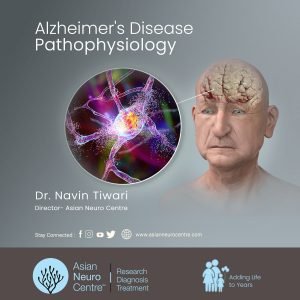- Have any questions?
- 911 12345 29
- info@asianneurocentre.com
Alzheimer’s Disease Pathophysiology – Asian Neuro Centre
What are the Most Common Neurological Disorders? – Asian Neuro Centre
April 27, 2023Acute Spinal Cord Injury Guidelines – Asian Neuro Centre
May 6, 2023Alzheimer’s Disease Pathophysiology – Asian Neuro Centre
- Alzheimer Disease
- Alzheimer's Disease
- alzheimer's disease caused by deficiency of
- alzheimer's disease etiology and pathophysiology
- Alzheimer's Disease Pathophysiology
- alzheimer's disease pathophysiology brain
- alzheimer's disease pathophysiology essay
- alzheimer's disease pathophysiology fibrils
- alzheimer's disease pathophysiology health link
- alzheimer's disease pathophysiology later symptoms
- alzheimer's disease pathophysiology ppt
- alzheimer's disease pathophysiology proteins
- alzheimer's disease pathophysiology quizlet
- alzheimer's disease pathophysiology review
- alzheimer's disease pathophysiology youtube
- alzheimer's pathophysiology nursing
- Causes and Risk Factors of Alzheimer's Disease
- Causes of Alzheimers
- cleveland clinic alzheimer's disease pathophysiology
- dementia due to alzheimer's disease pathophysiology
- etiology of alzheimer's disease
- improve knowledge in alzheimer's disease pathophysiology
- mitochondrial dysfunction is a trigger of alzheimer's disease pathophysiology
- Pathophysiology
- pathophysiology of alzheimer's disease pdf
- pathophysiology of alzheimer's disease slideshare
- pdff a review on alzheimer's disease pathophysiology and its management: an update
- simple pathophysiology of alzheimer disease
- What are the two main pathologies in Alzheimer's disease?
- What Causes Alzheimer's Disease?
- What is Pathophysiology?
- What is the cellular pathophysiology of Alzheimer's disease?
- What is the pathophysiology of Alzheimer's disease NHS?
- when does alzheimer's disease pathophysiology start
- अल्जाइमर रोग में दो मुख्य विकृति क्या हैं?
Alzheimer disease
Alzheimer disease is a progressive brain disorder that affects memory, thinking, and behavior. This leads to the death of brain cells, resulting in cognitive decline and memory loss.
The brain shrinks in size, particularly in areas responsible for memory and cognition. This results in cognitive decline, including memory loss, confusion, and difficulty with problem-solving and language.
Alzheimer disease also affects behavior, leading to changes in mood, personality, and social interactions. It may be caused by a combination of genetic, environmental, and lifestyle factors.

What is Pathophysiology?
Pathophysiology refers to the study of how diseases or conditions disrupt the normal functioning of the body. It involves understanding how the body’s organs, tissues, and cells are affected by the disease process.
Pathophysiology focuses on how these changes can disrupt the normal functioning of the body’s systems. By understanding pathophysiology, doctors can better diagnose and treat diseases, and develop effective interventions to restore the body to its normal state of health.
Alzheimer’s Disease Pathophysiology
- The pathophysiology of Alzheimer’s disease is characterized by the collection of abnormal protein deposits in the brain. These abnormal protein deposits lead to inflammation and damage to brain cells, particularly in areas of the brain that are involved in memory and learning. Over time, this damage results in the loss of brain cells and the shrinking of brain tissue.
- As brain cells continue to die, the symptoms of Alzheimer’s disease become more pronounced, including memory loss, confusion, changes in behavior, and difficulty performing daily activities.
- In addition to protein deposits and inflammation, disruptions in the production and clearance of other substances in the brain, such as neurotransmitters and oxidative stress, may also play a role in the pathophysiology of Alzheimer’s disease.
- The pathophysiology of Alzheimer’s disease involves the process that disrupts normal brain function, resulting in the hallmark symptoms of Alzheimer’s disease.
Dr. Navin Tiwari
Consulting Neurologist
